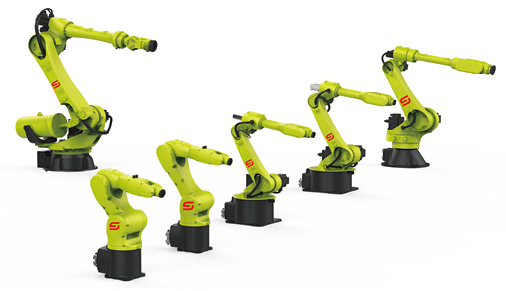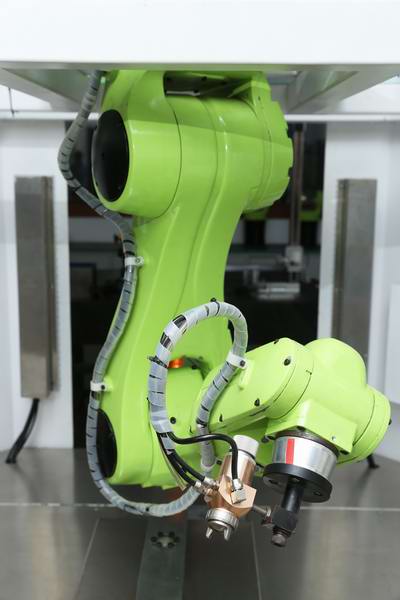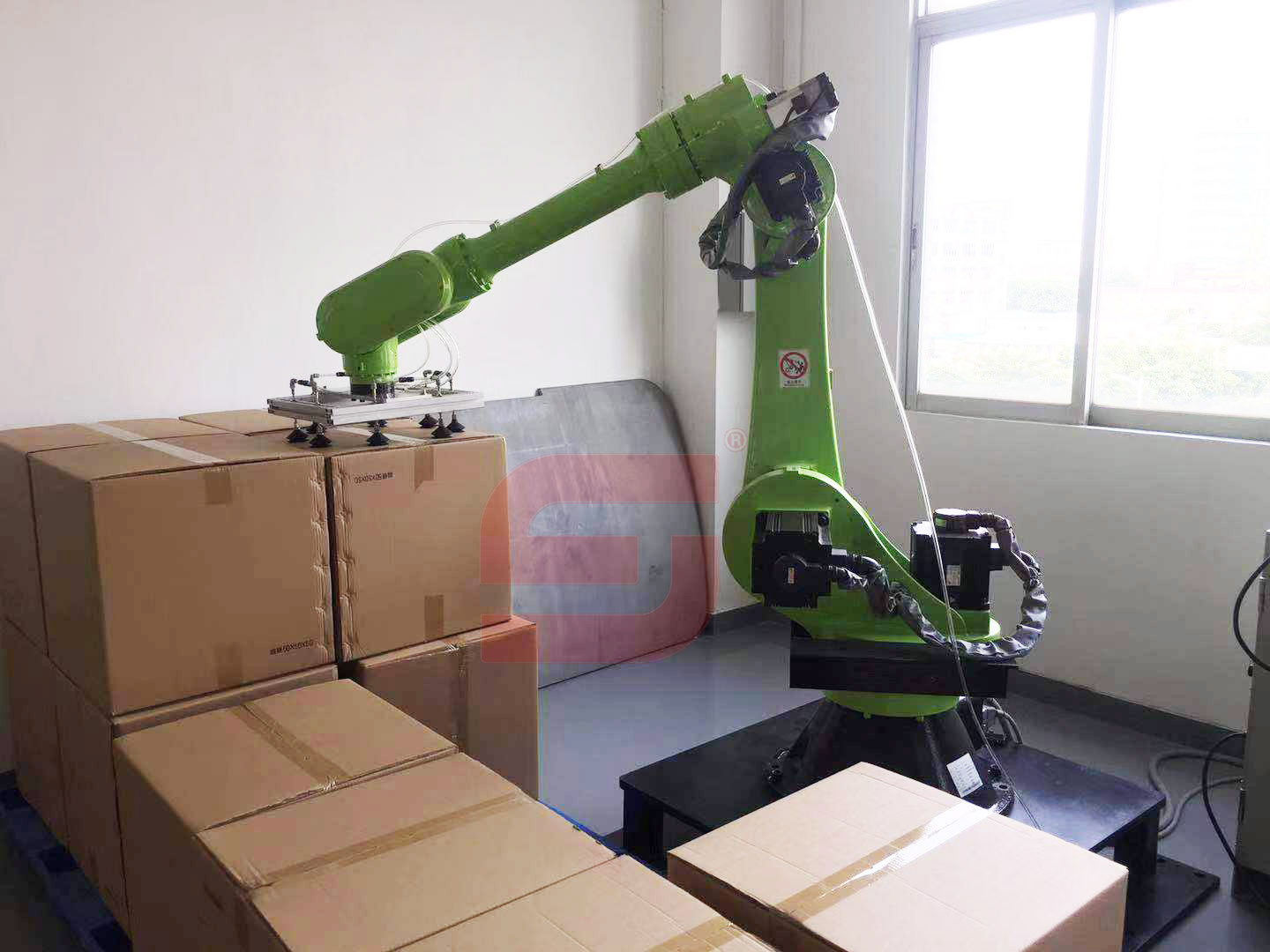Common spraying defects and solutions of spraying robots
2021-04-07(721)Views
It is an inevitable trend to use spraying robots in spraying production. The high degree of automation of spraying robots has greatly improved the production efficiency of enterprises. However, if the operation is improper, it will also cause some unnecessary production defects. Explain the solution of common spraying defects in the production of spraying robots.

Spraying robot
First, the product after spraying by the spraying robot is sprayed
In this case, impurities are mixed in the spray paint. Change a different type of paint before cleaning the spray gun. The nozzle pressure is too high, the caliber is too small, and the distance from the object surface is too far. The paint has been left for too long after adding the thinner. Not sufficiently stirred and allowed to stand.
solution:
Keep the construction site clean. Different types of paint cannot be mixed. Choose an appropriate caliber, the spraying distance should not exceed 25mm, the storage time should not be too long, and the dilution should not be too much. Stir well and let stand.
2. Partial loss of gloss after spraying by the spraying robot
This is due to insufficient dilution of the spray paint, which dries too fast and the paint film is too thick. Use unsuitable thinner. The base surface is rough and uneven. The temperature of the construction environment is too low and the humidity is too high.
solution:
According to the correct ratio, master the thickness of the paint film. Increase the dilution ratio in summer. Smooth the base surface and polish the primer. Ensure that the temperature and humidity of the construction site meet the requirements.
3. Product bubbles after spraying robot spraying
The surface water content is high and the temperature is high. The air compressor or pipeline has moisture. The putty seals poorly on the surface. After adding the curing agent, the standing time is too short.
solution:
The surface is dry, do not expose to the sun. Use oil-water separator to separate. Choose good quality putty. Leave it for 10-20 minutes, spray it twice, and recoat after the surface is dry.
4. The product surface sags after spraying by the spraying robot
This is due to excessive dilution of the spray paint. The coating is too thick at one time, the surface is uneven, unclean, the shape is complicated or there is oily water. The nozzle is too large and the nozzle is too close to the object surface. Improper spraying speed.
solution:
Reduce the dilution ratio. Apply several times to avoid over-painting at one time. Handle the surface well. The diameter of 1.5-2.8mm is appropriate. Depending on the spray viscosity, master the spraying speed.
Fifth, the product cracks after spraying by the spraying robot
This is due to the excessive amount of curing agent used in spray coatings and improper matching. The paint is too thick, the surface is dry but the inner layer is not dry. The bottom layer is unclean, improperly handled, and it will stand for a long time after polishing. Matching primer and top coat.
solution:
The paint is not fully stirred before use, and the color of the upper layer is less paint. Mix according to the required ratio and stir well. Each coating film should not be too thick. Handle the substrate well, and the respray time should not be long. The primer and top coat should be matched. Paint should be fully mixed before construction.
Six, the orange peel of the product after spraying by the spraying robot
This is due to the addition of too much or too little curing agent in the spray coating. Improper proportion of diluent. The spraying pressure is too high or the nozzle is too close to the object surface. The construction temperature is too high or too low.
solution:
Add curing agent in proportion. Control the dilution ratio. The pressure should not be too high and the distance should not be too close. Pay attention to the construction temperature.
Seven, there are pinholes on the surface of the product after spraying by the spraying robot
This is due to the fact that too much curing agent for spray coatings is added and the construction clay is too large. The construction environment temperature is too high. The painting pressure is too high and the interval between layers is not enough. The nozzle pressure is too small, the caliber is too small, and the distance from the object surface is too close.
solution:
The paint has been left for a short time after mixing. Adjust the construction viscosity and master the paint ratio. The high temperature in summer should reduce the solid agent and add diluent. Spray twice and recoat after the surface is dry. Choose an appropriate caliber, the pressure should not exceed 4kg/cm, and the spraying distance should not exceed 25cm. After stirring, let it stand for 10-20 minutes and filter.
Latest News

Live video of fertilizer assembly line palletizing robot work
The fertilizer palletizer robot is an industrial robot for p...

The difference between palletizing robots and handling robots
Palletizing robots and handling robots are usually an organi...

Spraying robot work control process
Spraying robots have begun to replace traditional spraying w...

Palletizing robot control system composition
Palletizing robot is a kind of robot that can simulate part ...
4000-599-111
Phone:4000-599-111
Telephone:
Fax:0755-27315980
Email:2355745305@qq.com
Address:Building A, Guangshengde Science and Technology Park, No.177, Fenghuang Avenue, Fenghuang Community, Fuyong Street, Bao'an District, Shenzhen









 4000-599-111
4000-599-111
